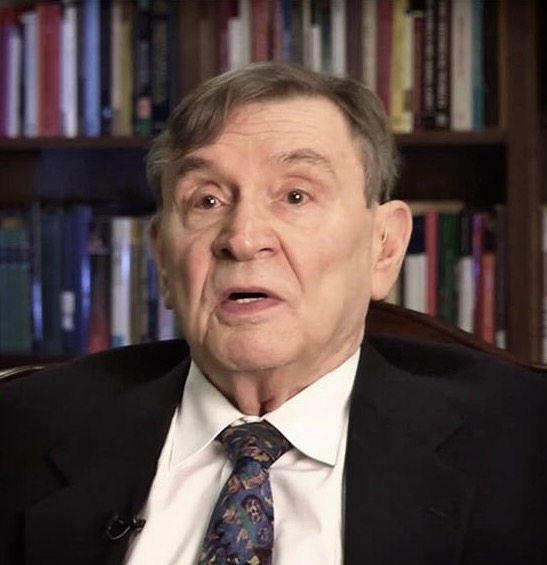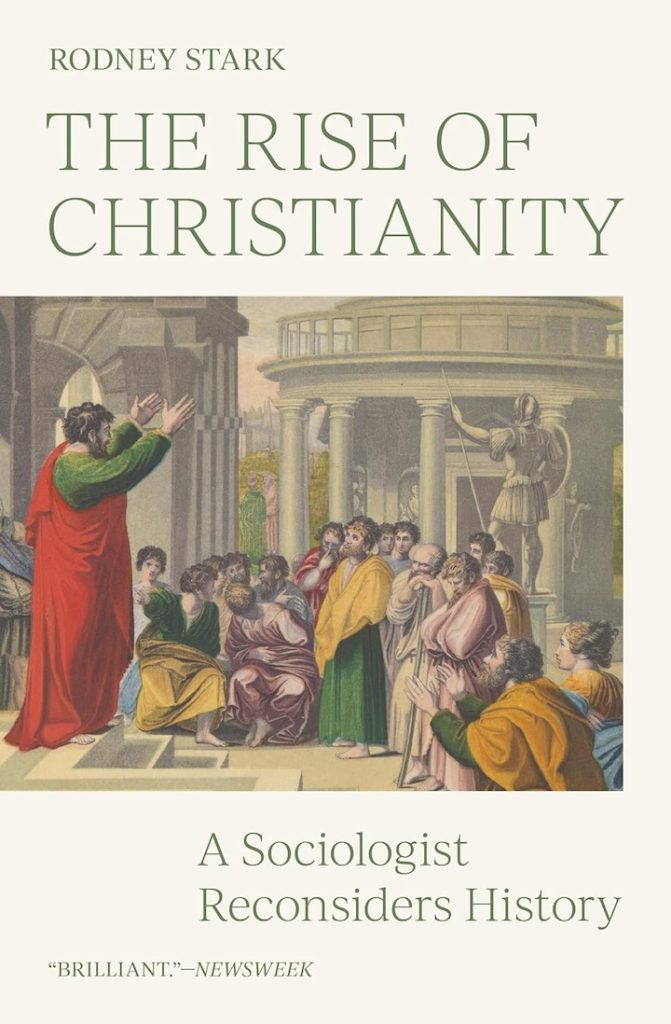For many Christians, the rise of Christianity is often treated as a miraculous and spectacular phenomenon. In the popular imagination, Christ’s early followers roamed the known world, delivering fiery sermons, resurrecting corpses, performing mass exorcisms, and baptizing pagans by the thousands. And even when Roman emperors periodically tortured and crucified Christians, almost all eagerly died as martyrs.
While this is partly the case, there is a bit more to the story. In Rodney Stark’s recently reissued classic The rise of Christianity, which is full of facts and scholarship, the growth of early Christianity turns out to be much more prosaic. The conversion of the Roman Empire was more a demographic and social phenomenon than theological. Christian households maintained steady growth over the centuries, while pagan households declined in importance.
This premise does not imply undermining faith in the miraculous origins of Christianity. As Stark explains in detail, all of this reveals a beautiful harmony of circumstances that exhibits all the hallmarks of divine providence.
Additionally, the true story of the spread of Christianity is very instructive – and replicable – for Christians today. While it is always a good idea to pray for more intervention from the Holy Spirit, Christians should be able to recognize how evangelism generally works. Ironically, the best person to do this was Stark, a agnostic sociologist.

After exposing his methodology and his background, he begins his argument with simple mathematics. From the mid-first century to the mid-fourth century, the Christian community grew from a few hundred followers to nearly half the empire. Over three centuries, Stark determines that the Church grew by 40 percent each decade. This is consistent with Stark’s studies of the Church of Latter-day Saints (Mormons), which also grew from a small group in New England in the early 19th century to a worldwide organization of more than ten million people today. ‘today.
Stark then explains why Christianity grew at such a rapid rate and who the first converts actually were. First, it debunks the idea that early Christians were proto-Marxists organizing a movement that could appeal to the masses. Available data indicates that early Christians were more educated than average: “(People) must have a certain degree of privilege to have the sophistication to understand new religions and recognize the necessity of them. »
So who were these privileged Romans? Debunking another popular misconception, Stark claims that they were often Diaspora Hellenistic Jews. Although treated as antagonists in the Gospels and some of the early Christian authors, they are in reality the great protagonists of the history of the early Church. Many of the empire’s synagogues served as incubators for the first Christian communities. Not only are there documents to demonstrate this, but Stark suggests that the inclusion of the Old Testament in the Christian Bible and the failure of the Marcionite heresy, which recognized only the God of the New Testament, prove that Christianity was not primarily a pagan movement. , but Jewish.
It was also feminine, with women making up the vast majority of early converts. Given the misogynistic culture of the Roman Empire, this is understandable. Due to sex-selective infanticide, botched abortions, and lack of health care for women, men greatly outnumbered women. This disparity correlated with the objectification of women and the promiscuity of men, most of whom disregarded the hope of marrying and having children.
In contrast, Christianity elevated the status of men and women who were no longer treated as objects to be exploited, but as children of God entitled to respect and respect. Because women outnumbered men in most Christian congregations, many of them married outside the Church, often converting their pagan husbands and raising their children in the faith.
As might be expected, these Christian couples were much more successful than pagan couples, a difference that would become more significant with each successive generation. Stark also shows how this culture of life contributed to the resilience of Christian communities during epidemics. While pagans, including the great physician Galen, ran for the hills in times of epidemic, Christians provided basic care to everyone, which in turn offered a powerful witness to non-Christians and acted as a tool effective in expanding Christian networks.
Finally, Stark discusses the physical context of the rise of Christianity, which generally took place in the largest cities of the empire. These cities were not an orderly arrangement of columns and forums with men dressed in clean white togas, as Renaissance painters often depict them. On the contrary, Roman cities were overcrowded, dirty, disorganized and restless. In his description of Antioch, one of the earliest sites of Christianity, Stark reinforces the broader idea that Christianity “served as a revitalization movement that arose in response to misery, chaos, fear, and brutality of life in the Greco-Roman urban world. .”
Paradoxically, Stark’s debunking of the spread of Christianity in the early centuries leads him to conclude that there is something truly special about Christian doctrine and the later faith of the martyrs that supported such steady growth: “I believe it was (Christianity’s) distinctive religious doctrines that allowed Christianity to be among the most radical and successful revitalization movements in history. This is about as close to belief as Stark gets in his analysis, although faithful readers will easily see God’s truth at the heart of it.
And it is important that they do so. Many parallels exist between the pre-Christian and post-Christian West. And the same virtues that allowed the Church to bring order to the surrounding chaos will likely do the same today.
There are undoubtedly disagreements about how to re-evangelize the world and whether various teachings of the Church should be changed to suit modern audiences, but one thing must remain constant: Christians must keep the faith and preserve the culture of life. Miracles would be nice in the short term, but in the long term, a consistent commitment to the true faith in daily affairs will convert the world.



